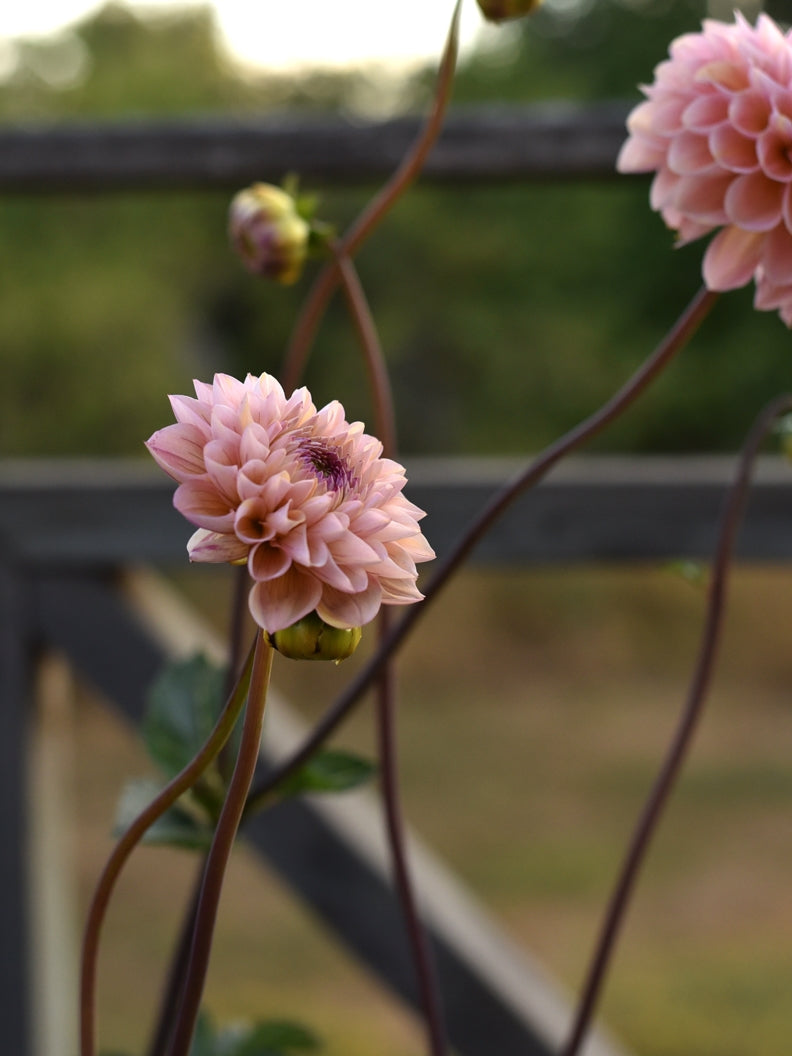Ranunculus in Bouquets and Gardens: A Grower’s Guide
Cultivating ranunculus from corms can be a bit tricky, but by following our growing tips, you can enjoy these stunning flowers throughout the summer. Ranunculus blooms are exceptionally beautiful in bouquets and pair wonderfully with other summer flowers like anemones, zinnias, and cosmos.
What You’ll Need:
For pre-sprouting:- Seedling soil or potting soil
- 8 cm pots or plug trays
- Potting soil
- Victoria’s Organic Plant Fertilizer
- Raised garden beds or a spot in a flower bed
Step-by-Step Instructions
December–March:- Soak the ranunculus corms in room-temperature water for three hours.
-
Plant the corms in an 8 cm pot or a plug tray. Avoid using overly large pots, as this can cause the corms to rot. Use lightly moist soil.
-
Place the corms with the spiky side facing down in the soil.
-
Keep the pots in a cool environment between 6–10°C (43–50°F). This could be a cellar, unheated greenhouse, or similar space. They do not need light at this stage.
-
Leave the pots until you see small green shoots emerging, which typically takes about six weeks. Important: Ranunculus thrives in cooler temperatures. Excessive heat can cause the flowers to wilt and fade quickly.
Transplanting Outdoors
March–May (depending on your region):- Once the shoots are visible, move the plants outdoors. They can be planted in raised beds, open ground, or larger pots.
- Choose a spot with partial shade or dappled sunlight. Avoid direct sunlight, as it can cause the blooms to fade quickly.
- Keep the soil evenly moist but not waterlogged.
- Water with Victoria’s Organic Plant Fertilizer every two weeks during the blooming period.
Overwintering
October–November:- Dig up the corms and store them in a bag in a dry, soil-free environment.
- Keep them in a cool, dark, and frost-free place until the next planting season.
By following these steps, you can enjoy the beauty of butterfly ranunculus for seasons to come!







